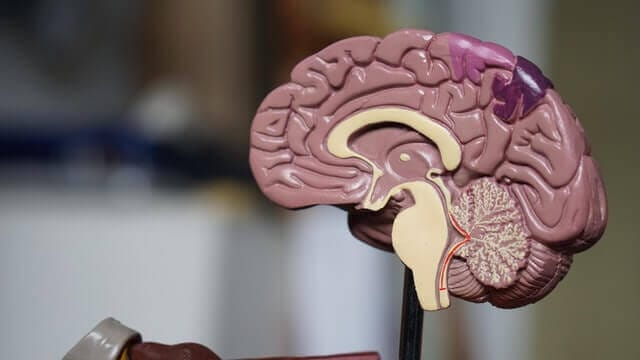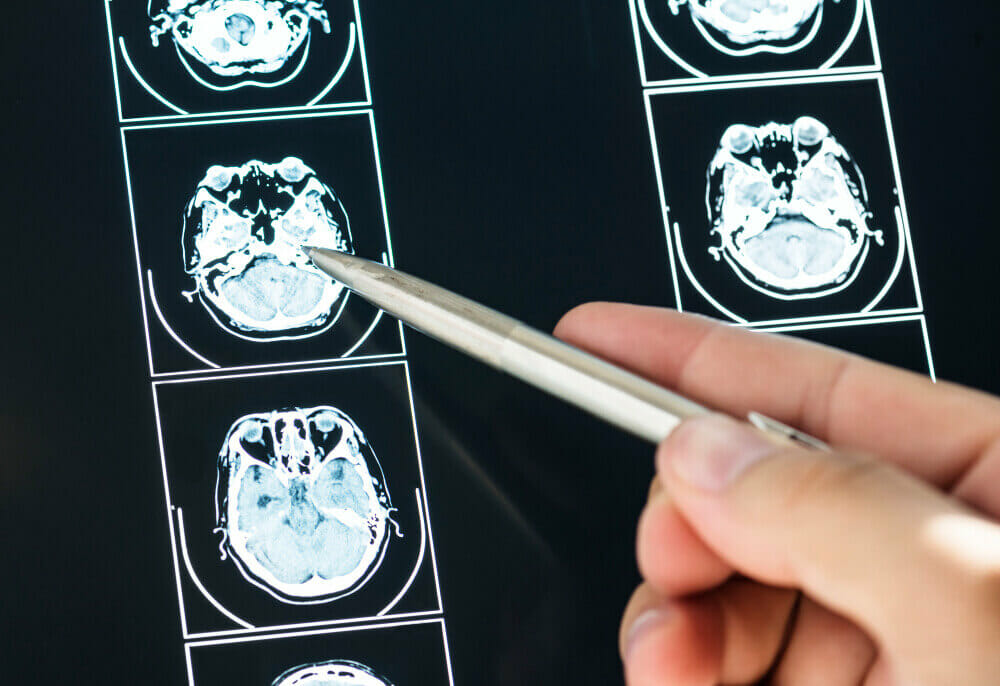How Can Optometrists Help?
Since, unfortunately, many sectors of the healthcare world, including those that specialize in head trauma rehabilitation, aren’t properly aware of the vision-related problems that can result from a traumatic brain injury, there can be a major gap in available rehabilitative services.
Behavioral and developmental optometrists, who are specially trained to work with people who have suffered from a traumatic brain injury, can fill this gap in the rehabilitation services available.
Vision therapy and specialized lenses are among the methods used to help repair and improve the brain-eye connection for patients suffering from traumatic brain injury. They are also used to help improve the patient’s ability to visually process information.
What is the Treatment Process?
The first step will be a comprehensive eye exam. This will allow the optometrist to determine how the patient is currently processing visual information to get a sense of what issues need to be addressed.
Based on the exam’s findings, the optometrist will then prescribe a treatment regimen tailored to the patient’s individual needs. This can incorporate prisms, lenses, low vision aids, and activities specifically designed to help the patient improve control of their visual system and to increase their vision efficiency.
These treatments will help repair the damage done by the injury, and enable the patient to more comfortably engage in the daily activities they were able to do prior to the injury.



















